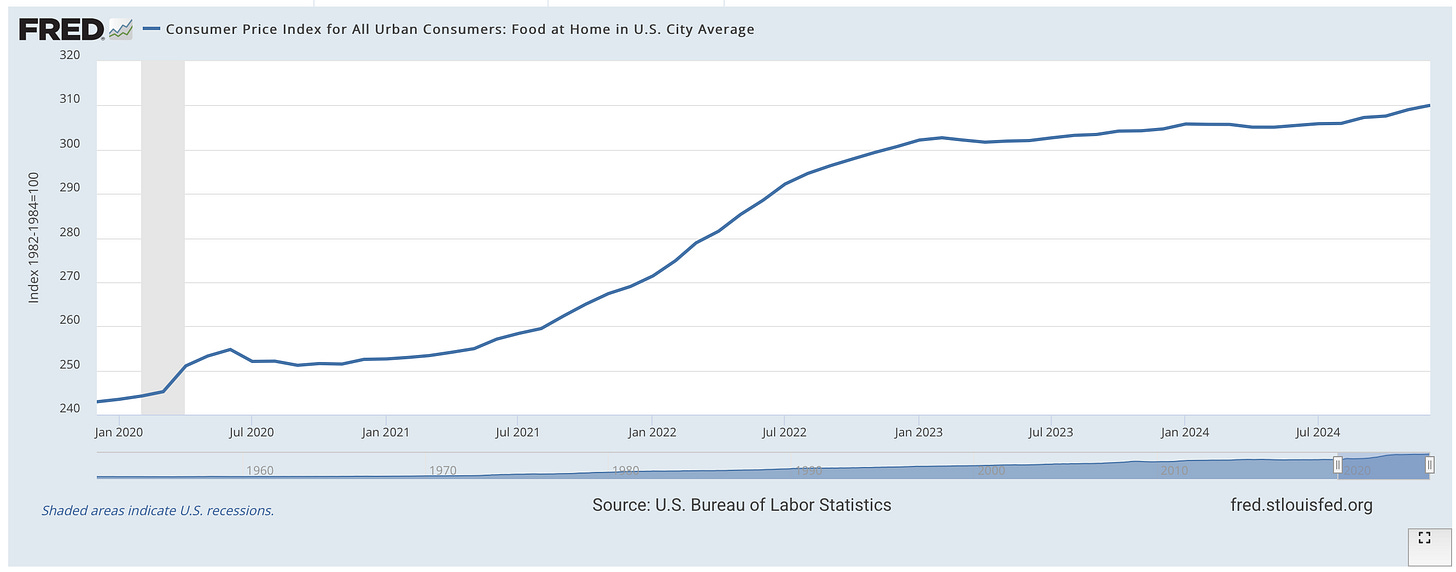Bonus Post: Does President Trump hate the Super Bowl?

Today the US consumes over 5 times more avocados than it did at the start of the 21st century. In particular guacamole has become a Super Bowl staple (of my household and many others). It’s the only thing my daughter likes about the game – other than the halftime show if there is a good performance - and she has perfected an amazing recipe. Last Sunday I went to the store to buy some avocados so that she could make a batch to further hone her skill before the big day. I didn’t pay much attention until I reached the cash register and saw my bill was $10 for four avocados - $2.50 each! These weren’t organic avocados our anything special - just regular ol’ green avocados. Admittedly I don’t keep a statistical database of fruit prices on my laptop but I don’t recall a time that I have paid more than $1.50 or so for one avocado – maybe “3 for $5” at most. So, at least in my location outside of New York City, it appears that avocados have increased in price by about 50%. Sure, there is likely a bit of price gouging going on at the store, but this is a big increase in percentage terms that has occurred in a short amount of time.
In 2022, US consumers spent about $2.7 billion on avocados. If the price of avocados goes up by 50% (as it appears it already has in my local grocery) that is a pretty big hit to US consumers on just one product. If everyone buys the same number of avocados as last year, that would be an extra $1.35 billion spent - part of the $200-$300 billion US consumers are expected to spend this year because of President Trump’s tariff policies. Of course, if avocados get too expensive, some consumers will shift away from guacamole to salsa, French onion dip, or another appetizer. But those other options are likely going to increase in price as well.
So that you have a benchmark for where prices are and where they may go, here is the food price level across US cities for the past five years:
You don’t need an economist to tell you that food prices soared in 2021 and 2022. For the most part however, those increases have greatly slowed. I will be interested to see where we go from here. And, as you prepare your Super Bowl menu, keep in mind that prices are already starting to rise as stores anticipate the shortfalls that will occur as Trump’s immigration deportations pick up and his tariffs are put in place, perhaps as early as this coming weekend. If you grocery bill is larger than expected on February 9th (or later this spring) you will know who to thank.
Troy Tassier is a professor of economics at Fordham University and the author of The Rich Flee and the Poor Take the Bus: How Our Unequal Society Fails Us during Outbreaks.



